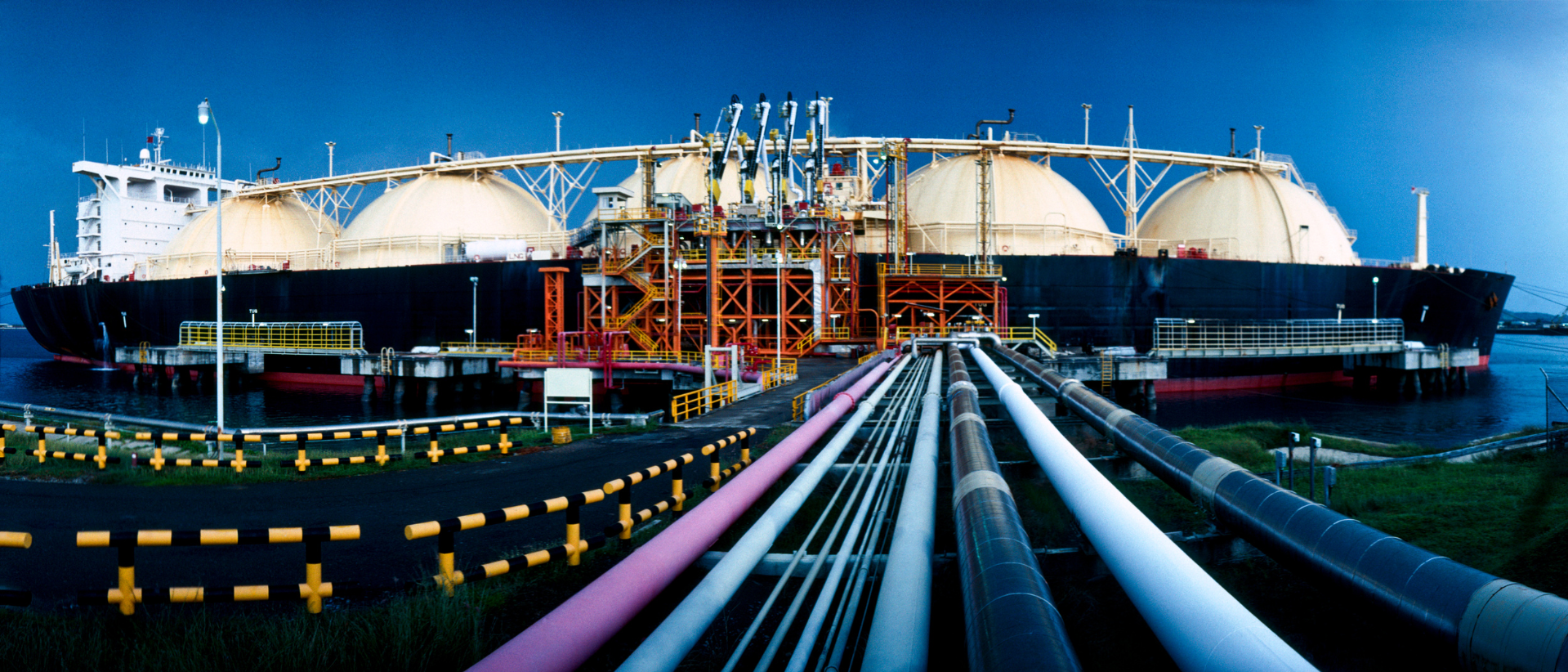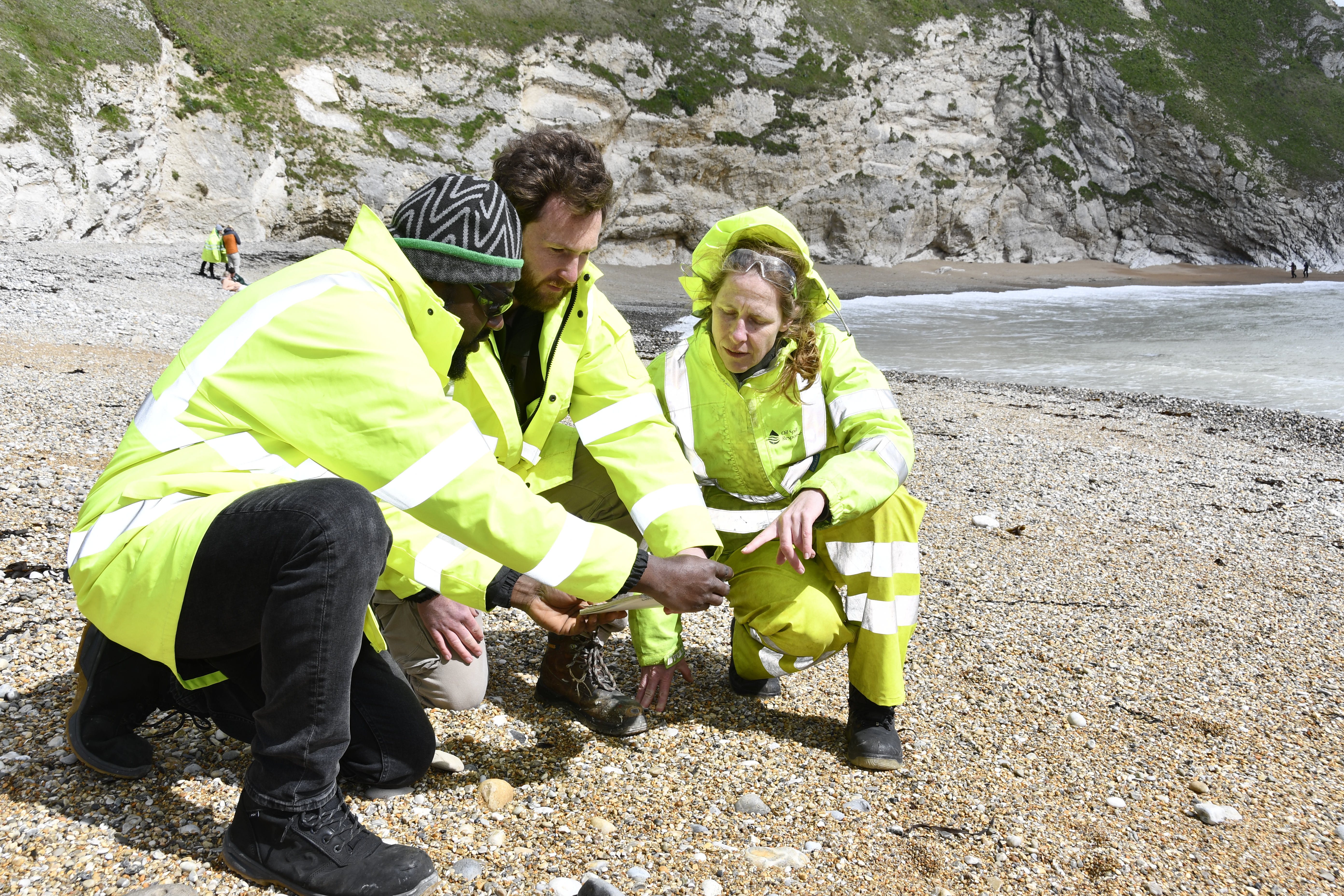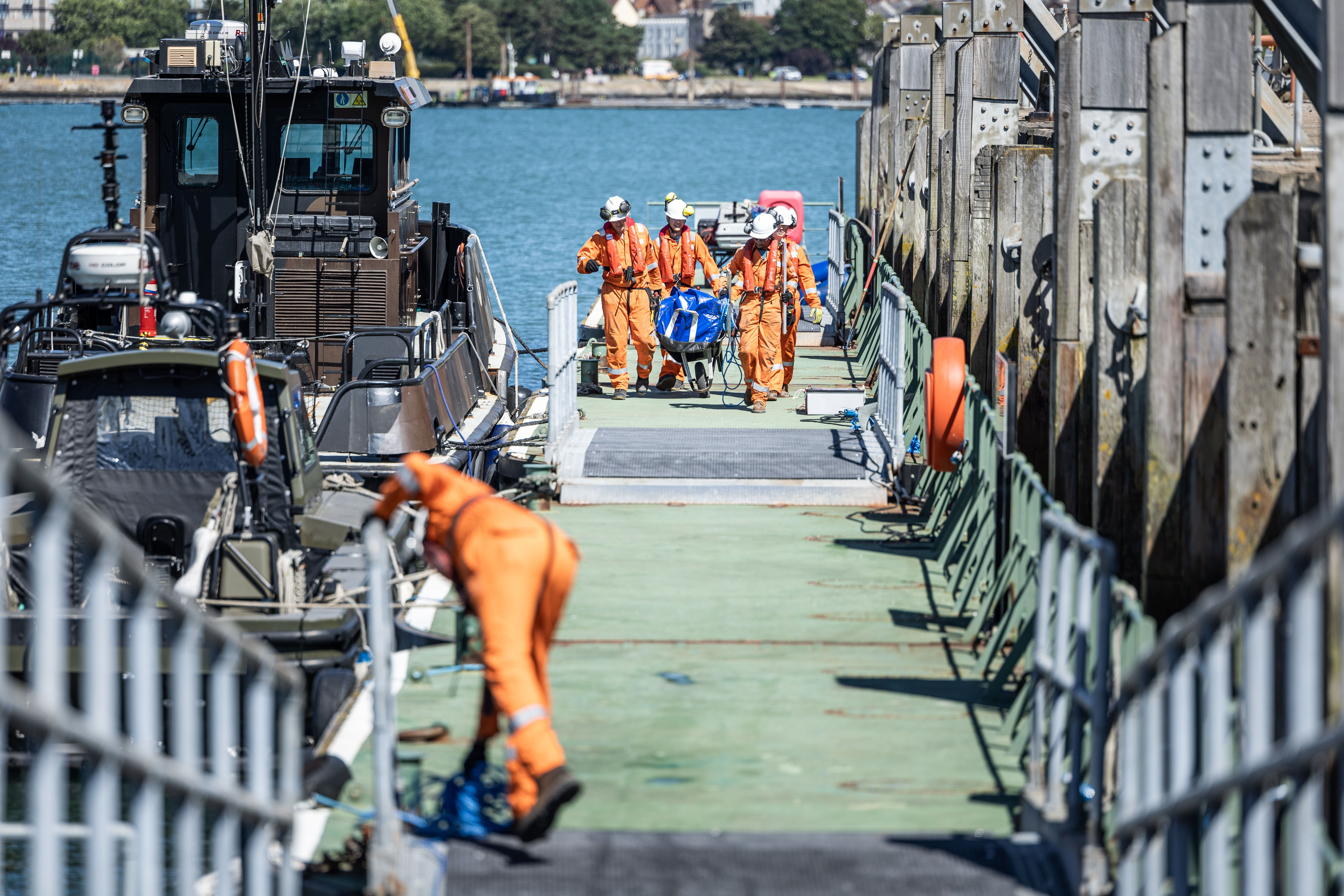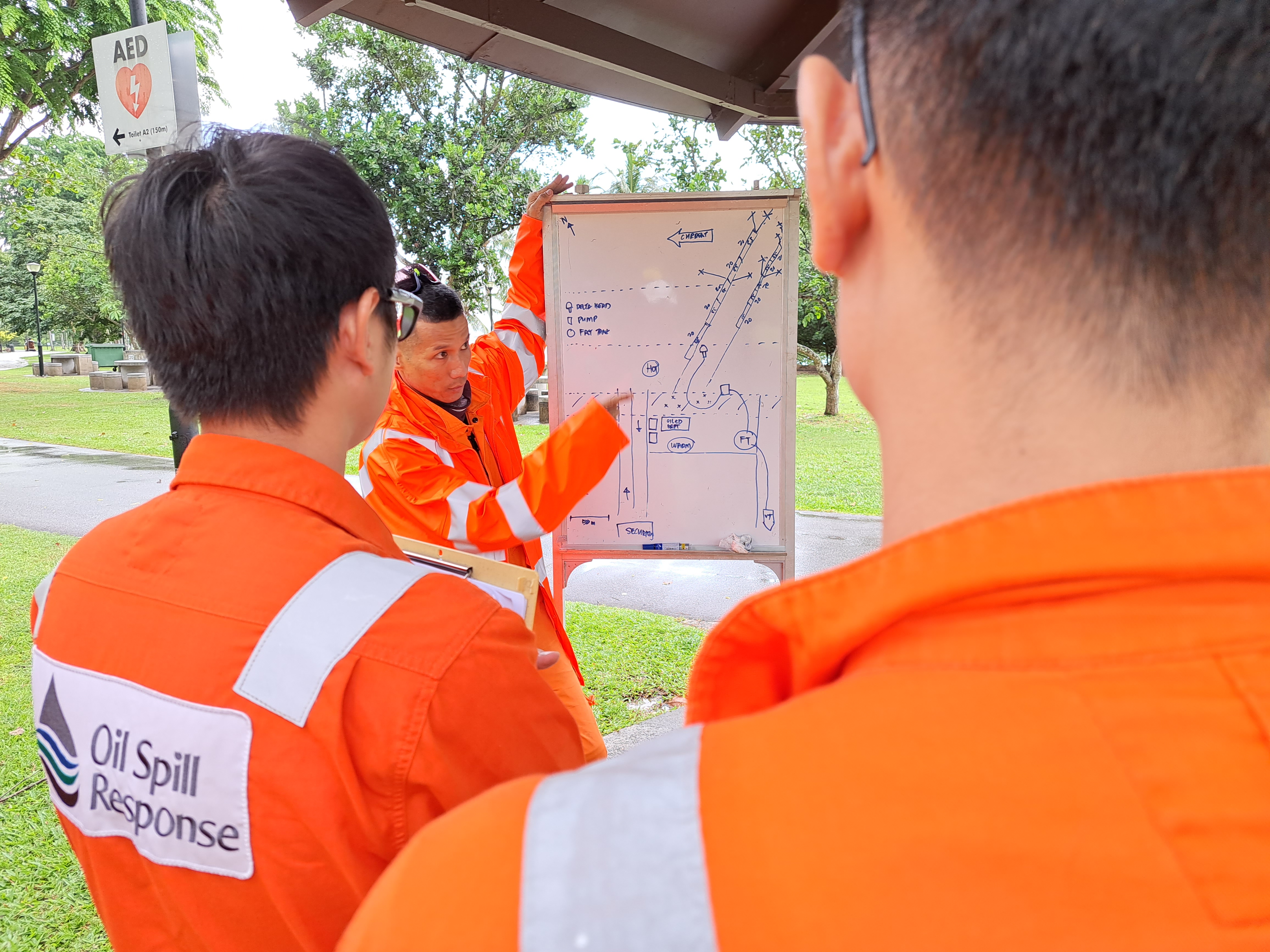Navigating the Evolving Landscape of Oil Spill Response
Each year, the risk of oil spills looms large, and the repercussions are growing more severe. What affects one organisation in the oil industry impacts us all. This article delves into the ever-changing world of oil spill response. It explores the complex challenges we face, spotlights emerging opportunities for innovation, and underscores the vital role of collaboration in transforming the industry.
Complex and Evolving Spill Scenarios
For years, the oil industry has been exploring oil in remote regions with limited infrastructure. These areas are often found in less developed and sometimes politically unstable regions with little prior experience in oil spill management. Responding to spills in such remote locations is not necessarily straightforward.
As the search for new oil sources becomes more challenging, the industry's focus shifts to regions like South America and the African fringe of the Atlantic Ocean. However, the regulators in new basins have a steep and rapid learning curve to reach the point where the country is well prepared for spills. This heightened vulnerability underscores the need for cooperation and proactive measures to learn lessons from elsewhere and minimise risks
Moreover, the global transition to more sustainable fuels presents new challenges. In shipping, for instance, there's a move towards using ammonia as fuel. This shift requires collaboration between organisations like The Global Centre for Maritime Decarbonisation and government agencies to establish safety protocols and emergency response procedures.
In any case, it remains true that no two spills are the same, and we're witnessing an increase in smaller, more frequent spills in different locations, each presenting unique challenges and requiring a unique response strategy. The key challenge now is maintaining a high degree of readiness for the increasing breadth and scale of incidents.

Managing Expectations of Stakeholders and the Public
Both citizen journalists and traditional media play a significant role in shaping public perceptions of oil and gas industry events. Consider two recent spills - one in the Philippines and another in Poole, United Kingdom. The Philippine spill involved a tanker carrying 800,000 litres of industrial fuel oil, which sank. In comparison, the Poole oil spill from a leaking pipe was around six tonnes of crude oil, in 15% oil-85% water mixture. Despite the Philippine spill being significantly larger, the Poole incident garnered more media attention, largely due to UK media coverage and social media uproar from "citizen journalists." As a result of this intense scrutiny, we are seeing that responses like these have a longer tail - with initially high levels of activity reducing, but continuing at a lower level for a long time after the event.
High expectations from the public can lead to negative emotions like distrust, fear, impatience, confusion, and sadness. Unrealistic expectations regarding the type and scale of resources needed for a successful response can worsen the situation. The criteria for defining a "successful response" can vary, with some believing that complete recovery of spilled oil from the environment should be achievable, without the appreciation that hydrocarbons will naturally biodegrade in the environment, or that over-responding can have a detrimental impact on the environment.
These expectations often stem from a lack of understanding of the complexities involved in oil removal or misconceptions about the effectiveness and ecological impact of response methods like dispersants or controlled burning.
In the context of oil spill incidents, different opinions often arise, driven by preconceived expectations, biases, and unreliable information. Unfortunately, objectively assessing these viewpoints is hindered by inaccurate media portrayals, uncontrolled public demonstrations, and the need to make quick operational decisions.
Mismanagement of expectations can profoundly impact the outcomes of an oil spill, affecting not only the responsible party's reputation but also financial costs, clean-up efforts, and even the development of new regulatory frameworks. Transparency and engagement are crucial for building public trust and managing expectations effectively. The unfortunate reality is though that oil spills often become political events. When response efforts become distracted by misguided politics, the environment and communities are the losers.

Challenges of Capabilities in Oil Spill Response
In recent years, the energy sector has faced profound challenges, from plummeting oil prices to the disruptions caused by a global pandemic. Simultaneously, despite the promise of higher oil prices and a growing renewables sector, an unexpected challenge is emerging - maintaining the depth and levels of highly experienced spill response personnel.
Several factors contribute to these skill shortages, with one of the primary factors being the departure of experienced professionals from the industry. After enduring years of volatile oil prices, cost-cutting, and pandemic-related upheaval, many experienced workers have left for good, taking their valuable real-world experience with them.
This isn't a new problem; the oil and gas industry has struggled with talent shortages for years. However, it's becoming increasingly difficult due to the industry's negative perception, driven by climate change concerns and media portrayals. In a 2021/2022 global report by Oil and Gas Job Search and Brunel University, 82% of recruiters reported that 1 in 10 of their open positions had been unfilled for more than three months.
In addition to the talent gap, the oil industry faces persistent scrutiny not only for the occurrence of oil spills but also for the effectiveness and environmental impact of response tools. In a landscape characterised by heightened environmental awareness and increased regulatory oversight, choosing the right response tools has become a focal point of discussion and debate. The negative perceptions of the industry further complicate this decision-making process.
Increasingly negative public perceptions towards anything the industry does, and unrealistic expectations lead to pressure to adopt response strategies that may be more favourable (or less unfavourable) to the media and public, without consideration that there are better options for minimising environmental and community impacts. The industry seeks to address the challenge of balancing trade-offs with the NEBA (Net Environmental Benefit Analysis) process, using tools like SIMA (Spill Impact Mitigation Assessment) to transparently and objectively justify strategy selection.
The question of how to develop and evolve the response toolkit is another challenge. Integrating new technologies like autonomous vehicles and artificial intelligence requires investment, but funds are often directed toward other projects and risks like cybersecurity. Evolving the response toolkit while ensuring readiness to address oil spill incidents effectively is a challenge for the entire industry.
The Critical Factor: Assurance of Credible Capability
Rigorous regulations governing oil industry activities, coupled with safety standards and stringent inspections, form the foundation of spill prevention. In addition to this, comprehensive training programs for industry personnel, along with risk assessments identifying vulnerabilities and guiding targeted mitigation strategies, play crucial roles.
The Tiered Preparedness and Response (TPR) model, outlined in the IPIECA/IOGP Tiered Preparedness and Response Good Practice Guide (2015), establishes a robust framework for oil spill preparedness and response. The model emphasises having the right resources in the right place at the right time. However, achieving this seemingly simple goal requires complex coordination and planning to ensure that the provided capability is resilient, reliable, and rigorous.
Successful implementation of the tiered preparedness and response framework depends on the seamless integration of resources across each Tier—Tier 1, Tier 2, and Tier 3. However, factors such as nationalisation, polarisation, populism, and post-truth trends can significantly impede the effectiveness of oil spill response efforts.
Nationalism may hinder international cooperation, limiting the sharing of crucial resources and expertise across borders. In polarised environments, decision-making can get bogged down in partisan disputes, delaying critical response actions and exacerbating spill impacts. Populist influences can skew response priorities toward short-term gains or public sentiment, potentially leading to inadequate or misguided strategies.
Moreover, post-truth trends can erode public trust in accurate information, resulting in confusion and a general distrust of official response communications. The increasing role of artificial intelligence (AI) in shaping narratives adds complexity to the situation. AI-generated narratives, becoming more sophisticated and widespread, have the potential to amplify challenges associated with oil spill preparedness and response. Determining the authenticity and credibility of information becomes more challenging. Educating individuals about effective methods to authenticate information is increasingly crucial, given instances of misinformation spreading across various social media platforms.
The process of scrutinising and validating information is a crucial step. However, the volume of work required to validate information could have direct consequences on response speed and efficiency, introducing unwarranted disruptions or burdensome tasks. Developing and integrating this capability into incident management systems will take time.
Collectively, these factors can disrupt resource allocation, hinder international collaboration, and lead to decision paralysis within response authorities, compromising the ability to mount swift and effective responses to oil spills. The industry must prioritise planning, training, and exercises to navigate political complexities, communicate accurate information, and execute timely actions that transcend partisan divides. This message isn't new; it echoes the longstanding advocacy of the industry and the long-held position that emergency response is an area where industry collaborates rather than competes.
A Holistic Approach to Oil Spill and Emergency Management
Oil spills often intersect with natural disasters, extreme weather events, or conflicts, creating complex scenarios that demand multifaceted solutions.
In 2019, the Bahamas experienced a catastrophic oil incident caused by Hurricane Dorian. The hurricane's extreme winds damaged oil storage facilities, leading to a substantial oil spill. Responding to such situations is challenging, as safeguarding public, employee, and responder health and safety takes top priority. When there are broader threats to human life, like hurricanes, floods, and wildfires, oil spills become a secondary concern. Coordinating oil spill response with humanitarian relief efforts adds complexity to incident management.
In such instances, building and maintaining a robust incident and crisis management capability becomes even more critical. The interplay between these compounding crises underscores the need for a response strategy that addresses complex spill scenarios and integrates seamlessly with broader emergency management protocols.
A comprehensive and forward-looking approach is essential to navigate the intricacies of compounding crises. This approach involves developing preparedness plans that encompass a spectrum of potential crisis scenarios, from oil spills coinciding with hurricanes or earthquakes to situations where geopolitical tensions exacerbate response challenges. By envisioning and strategising for these intertwined crises, response teams can ensure a higher level of readiness and agility, enabling them to adapt swiftly to evolving circumstances.
Resilience takes centre stage in this context, encompassing the ability to bounce back from individual crises and the capacity to withstand and respond effectively to the convergence of multiple challenges. Building resilience requires a dynamic and adaptable framework that integrates lessons learned from past incidents, innovative technologies, and collaborative partnerships across sectors.
Incorporating the principles of mutual aid into this equation becomes pivotal. Collaborative networks established through mutual aid agreements can provide a crucial lifeline during times of compounding crises. When facing a combination of oil spills and other emergencies, the pooling of resources, expertise, and support from various stakeholders can significantly enhance the response's speed and effectiveness. These arrangements also foster a sense of shared responsibility and cooperation, contributing to a more cohesive and well-coordinated crisis management approach.
The Opportunity: Adapting to an Evolving Industry Landscape
A collaborative approach becomes imperative as oil spill incidents' complexity and surrounding environmental sensitivities increase. Relying solely on a single company for comprehensive oil spill response capabilities may not be sufficient in navigating the evolving industry landscape.
Mutual aid arrangements foster a network of expertise, equipment, and knowledge-sharing among diverse stakeholders, including government bodies, private enterprises, and community groups.
Cooperative frameworks ensure a more adaptable and effective response strategy that can swiftly address the dynamic challenges of oil spills while also reflecting the changing regulatory, technological, and environmental factors shaping the industry. Some of the benefits include:
Multifaceted Expertise: Oil spills require a wide range of expertise, including technical, environmental, regulatory, and logistical knowledge. Collaborative alliances bring together experts from diverse fields, enabling a more holistic assessment of the situation and a more informed response strategy. This collective knowledge enhances the effectiveness of response efforts and provides diversity of perspectives leading to better outcomes.
Shared Resources: Responding to an oil spill demands significant resources, such as equipment, personnel, and funding. By forming cooperative agreements, participating entities can pool their resources and share the burden, ensuring that the response efforts are adequately supported and that critical assets are distributed where they are needed most.
Rapid Information Exchange: In the digital age, timely and accurate information is crucial for managing crises. A cooperative framework fosters transparent communication and information sharing and processing among participating organisations, enabling real-time updates on the spill's progression and the effectiveness of response measures. This information exchange allows stakeholders to make informed decisions promptly.
Regulatory and Environmental Variability: The regulatory landscape surrounding oil spills can vary widely across different jurisdictions. Additionally, environmental conditions can influence the appropriate response strategy. Collaborative alliances accommodate these variations by bringing together representatives from different regions and backgrounds, ensuring that response efforts align with local regulations and ecological conditions.
Long-Term Preparedness: By establishing pre-existing collaborative agreements, stakeholders can lay the groundwork for a coordinated response well before a spill occurs. This proactive approach enhances preparedness and reduces response time, leading to more effective containment and mitigation efforts.
Take Australia and Asia Pacific as an example, a diverse region with many good examples of mutual aid such as the AMOS plan, the Petroleum Industry of Malaysia Mutual Aid Group (PIMMAG) and the South Pacific Regional Environment Programme and the new Joint Industry Operational and Scientific Monitoring Plan Framework in Australia. The recent UK MAFA, launched this year, was developed in a collaboration between the OEUK ACTIV task group, OEUK members from the Wells Forum, and the Oil Spill Response Technical Group.
The GOWRS project is another example of collaboration supported by both industry and the specialist organisations involved. The ten-year project resulted in the launch of the Global Oiled Wildlife Service in 2022.
However, getting such agreements in place is only the start; making them effective requires ongoing testing of their functionality in the event of an oil spill.
Envisioning a Collaboratively Transformed Industry
The evolving landscape of oil spill response offers a unique and timely opportunity for transformative change. As the industry navigates shifts in technology, regulations, and environmental awareness, we can draw parallels between this transformative process and the broader energy transition reshaping our global energy mix. Rather than adhering to traditional, siloed approaches, embracing a collaborative response model can be the catalyst for driving change, adaptation, and innovation within the oil spill response sector.
This collaborative approach involves forging solid partnerships among government agencies, oil companies, research institutions, environmental organisations, and local communities. By pooling their expertise, resources, and insights, these stakeholders can collectively tackle the challenges presented by oil spills more holistically and effectively. Cross-disciplinary collaboration enhances the speed and efficiency of response efforts. It fosters the development of novel technologies, methodologies, and best practices that can significantly mitigate the ecological and economic consequences of spills.
Furthermore, this collaborative model aligns with the increasing emphasis on corporate social responsibility and sustainability within the oil and gas industry. By engaging with a diverse array of stakeholders, these companies can build trust, enhance their reputation, and demonstrate their dedication to minimising the impact of oil spills on both local ecosystems and global climate goals.
In the larger energy transition context, adopting a collaborative response approach to oil spills displays a readiness to adapt and evolve—an essential quality in an era of rapid change. Just as the energy transition necessitates embracing renewable and cleaner energy sources, the oil spill response transition calls for embracing interconnectedness, shared responsibility, and innovative thinking. In this way, the oil spill response industry can transform the narrative of oil spill response and embrace a future that prioritises preparedness.








